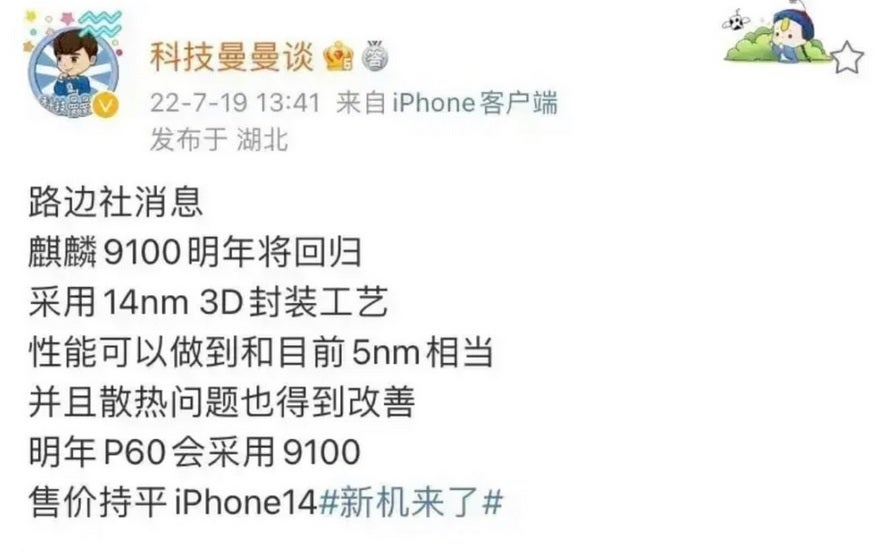Improve the layout of optical inspection equipment through holding investment
It is understood that the main products developed by Zhongwei Company - plasma etching equipment and chemical thin film equipment are the key equipment for manufacturing various microscopic devices, which can process various devices of micrometer and nanometer. At present, Zhongwei's plasma etching equipment has been widely used in many etching applications from 65nm to 5nm and more advanced processes by international first-line customers.
In addition to these two core products, Yin Zhiyao told Aijiwei about the layout of optical inspection equipment and the progress of research and development, which is mainly reflected in the company's investment in Shanghai Ruili Technology. In recent years, Ruili Technology has developed rapidly, and has launched many optical measurement equipment products. Currently, it is making defect detection equipment, and will soon have line width measurement capabilities.
According to the data, Ruili Technology was established in June 2005 and is committed to the research and development and production of equipment in the field of front-end process testing of integrated circuit production. Its main products are optical film thickness measurement equipment and optical defect detection equipment, as well as silicon wafer thickness and warpage measurement. Equipment, etc., is one of the few high-end equipment companies in China that has entered the world's leading 12-inch production line, and is the only domestic integrated circuit equipment company that has entered a leading Korean chip manufacturer.
At present, Ruili Technology is developing the next generation of film thickness and OCD measurement equipment that can support higher-level chip manufacturing processes and defect detection equipment used in integrated circuit chip production, further expanding the market size that can be served. In view of this, the holding investment in Ruili Technology will be of great benefit for China Micro to focus on and implement the strategy of high-end chip equipment and improve the business layout.
Three major production and research projects and 15 equipment projects are "flying together"
In order to ensure the rapid development in the next ten to fifteen years, while laying out new growth drivers such as optical inspection equipment, China Micro is carrying out the construction of three major production and research projects. After the completion in the next two years, China Microelectronics will gradually build factories fifteen times larger than the current one, so as to have enough space for R&D, production and operation, laying a solid foundation for future development.
Among them, China Micro's production and R&D base of about 140,000 square meters in Nanchang has been partially completed, and some production clean rooms will be put into trial production in July 2022; the production and research and development base of about 180,000 square meters in Lingang, Shanghai Most of the construction has been capped, and it can be partially put into use early next year; the R&D center and headquarters building of about 100,000 square meters on the shore of Shanghai Lingang Dishui Lake is also under construction.

As for whether such a large-scale expansion is used for the expansion of existing products or the research and development and production of new equipment, Yin Zhiyao said that there are both, but the expansion of existing products will not be so large. "We are developing new products in etching, thin film and testing equipment. In addition, China Microelectronics has now entered emerging fields such as MiniLED and MicroLED, among which the main focus is MOCVD equipment, and two projects have begun to do semiconductor front-end. CVD equipment. Overall, there are now at least 15 projects in development at China Micro.”
It can be said that the research and development of new technology products of Zhongwei Company has made staged progress. For example, its MOCVD equipment has been put into mass production on the production lines of industry-leading customers, and it has become the world's leading manufacturer of GaN-based LED equipment. It is understood that China is the world's largest demand market for MOCVD equipment, and its holdings account for more than 40% of the world's total. With the gradual application of MOCVD equipment in many emerging fields such as MiniLED, MicroLED, and power devices, the market size of China Micro is expected to further expand.
"No supplier is not supplying parts due to US-China tensions"
In the post-epidemic era, in addition to facing the continuing and repeated impact of the epidemic, in the context of increasing uncertainties and risks in the international political and economic environment, actively taking measures to deal with external impacts has also become a must-have topic.
Yin Zhiyao emphasized, "In fact, we have done a lot of work on domestic and foreign suppliers in the past 18 years. So far, foreign suppliers have very positive attitudes towards Zhongwei, and suppliers including the United States and Japan have always placed our company in the Very important position to support. There is no indication yet that because of the tension between China and the United States, they are not willing to provide us with parts.”
"But we also have to take precautions, let domestic suppliers and non-US suppliers account for the majority, and continuously reduce the proportion of US suppliers. We also announced that 60% of the parts of the etching machine are purchased from China, and then purchased in the United States. 10%. Among them, 80% of MOCVD has been purchased from China, while only 5% of US components. We have countermeasures on how to develop domestic and non-US suppliers, including constantly making better localization to make suppliers More solid and so on,” Yin Zhiyao said.



